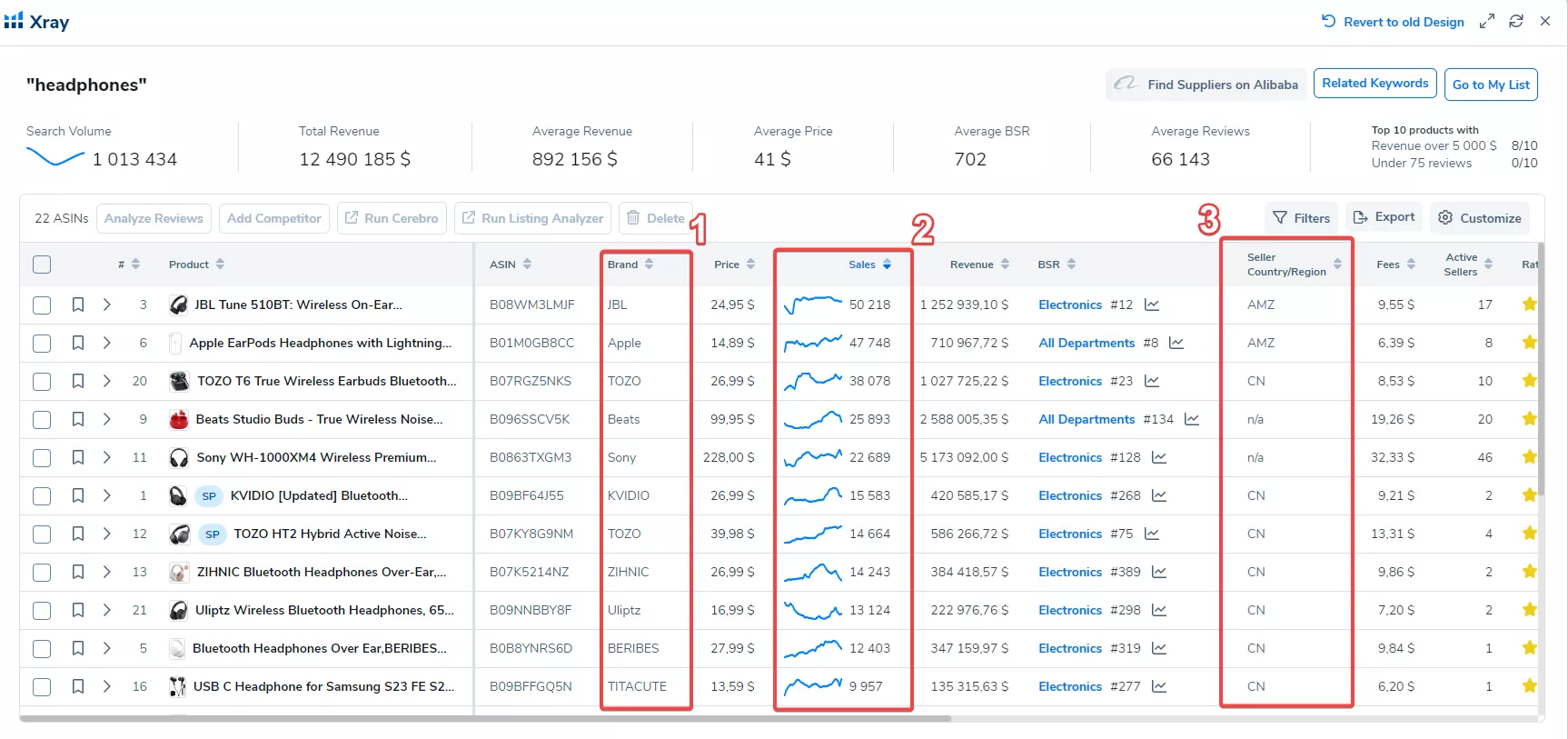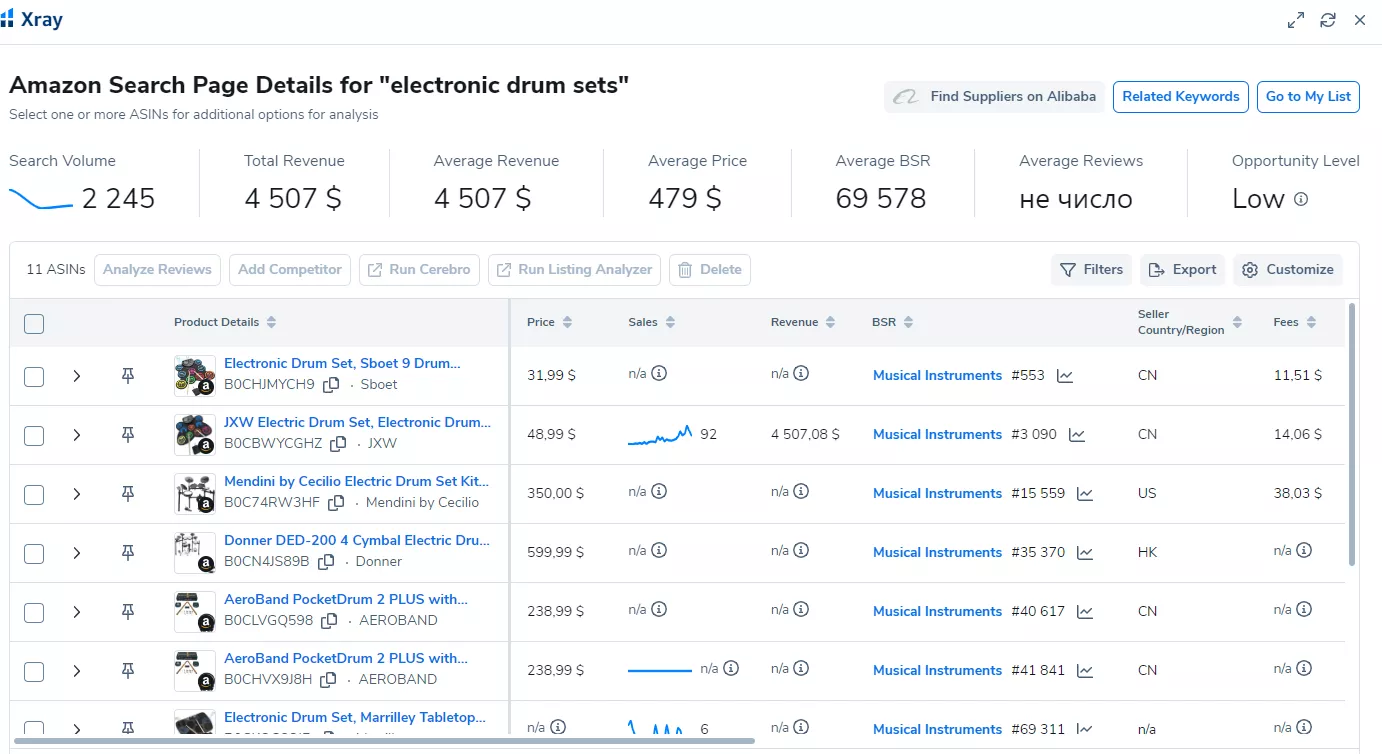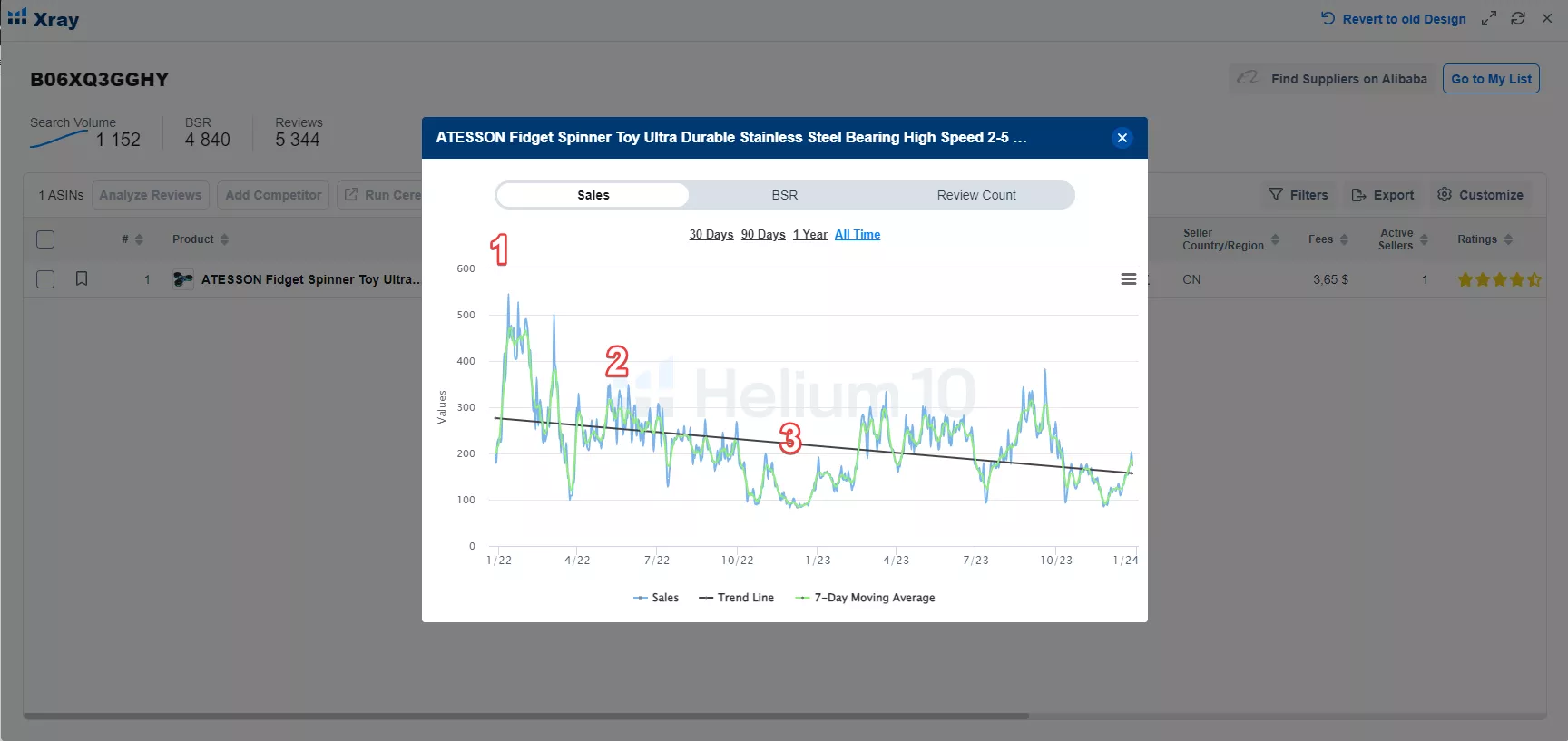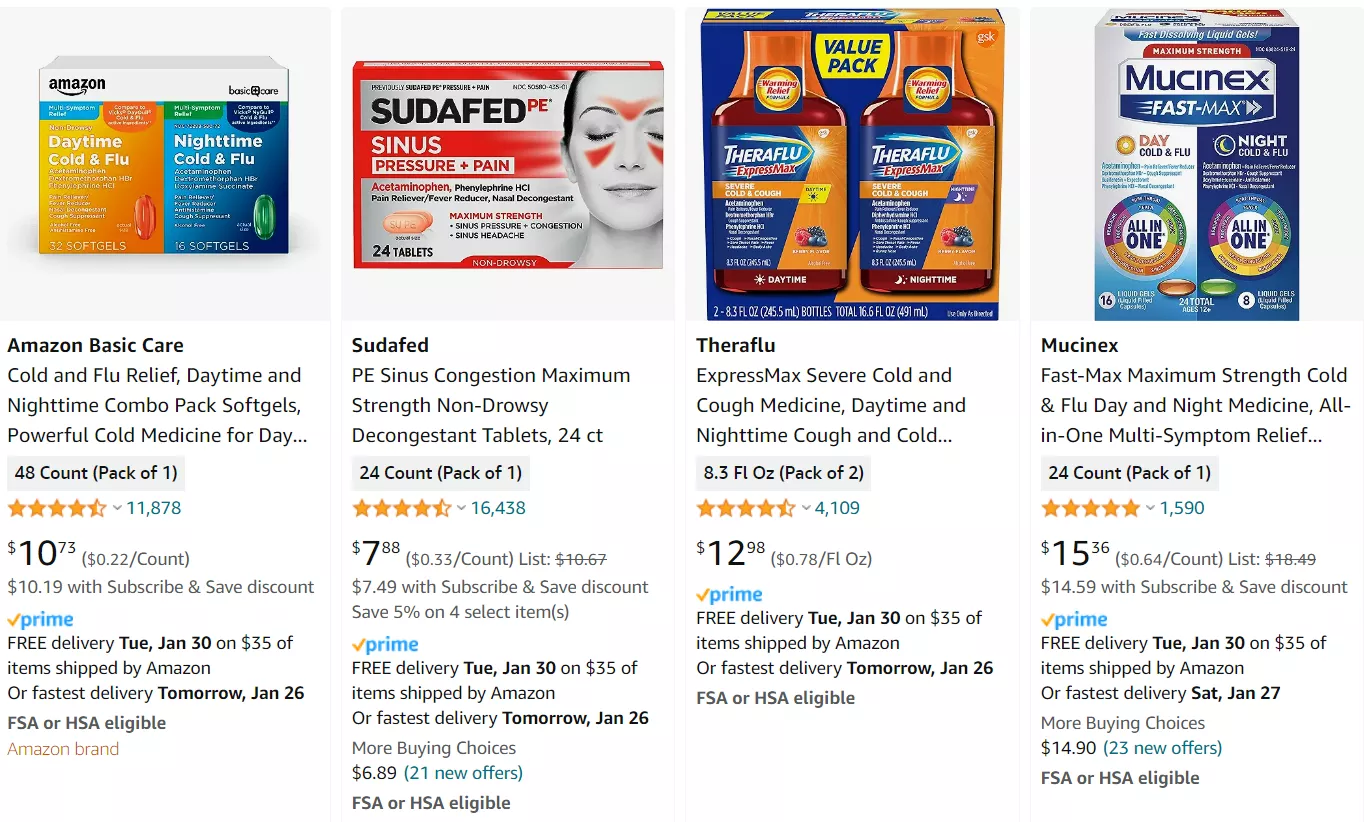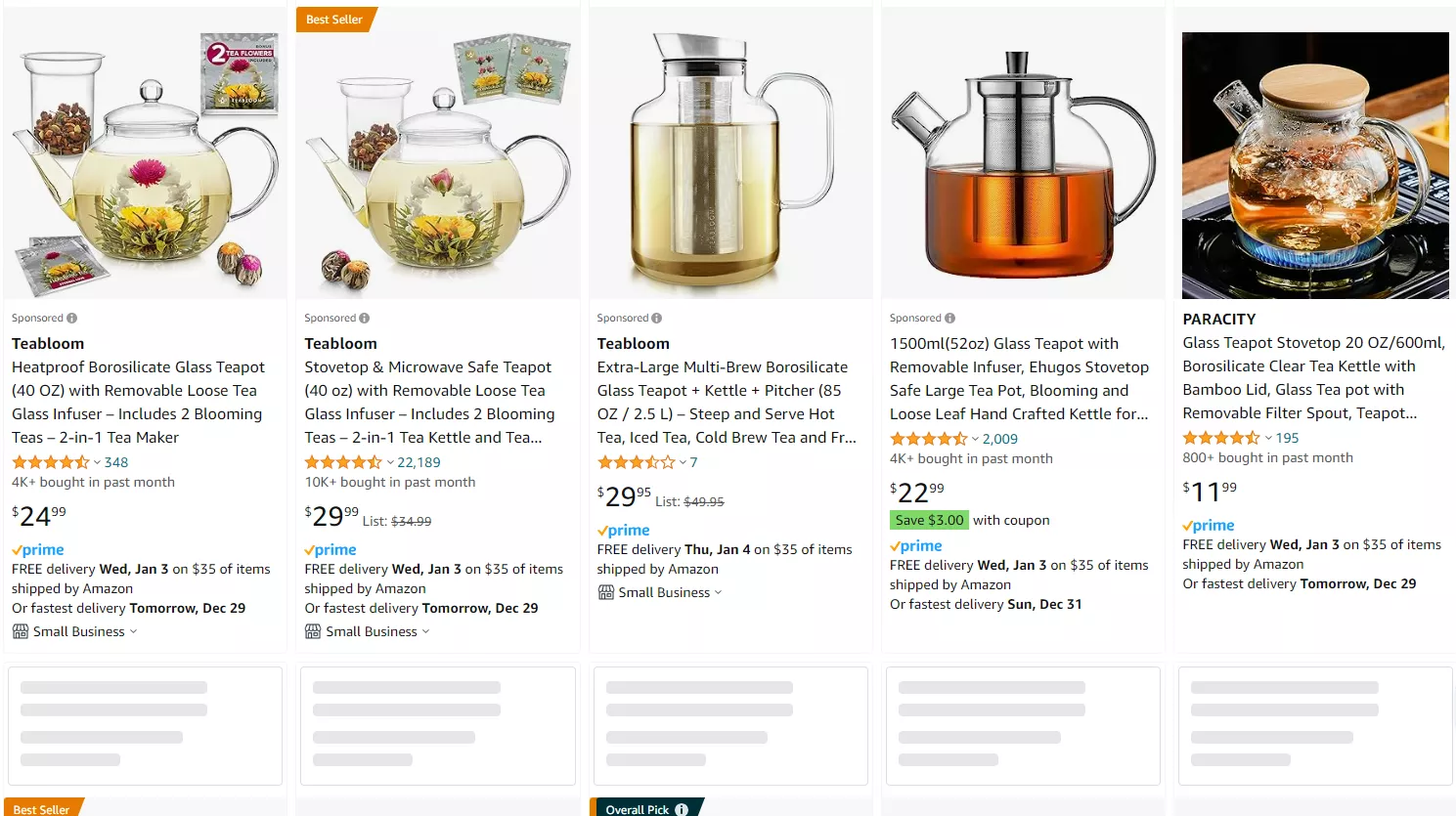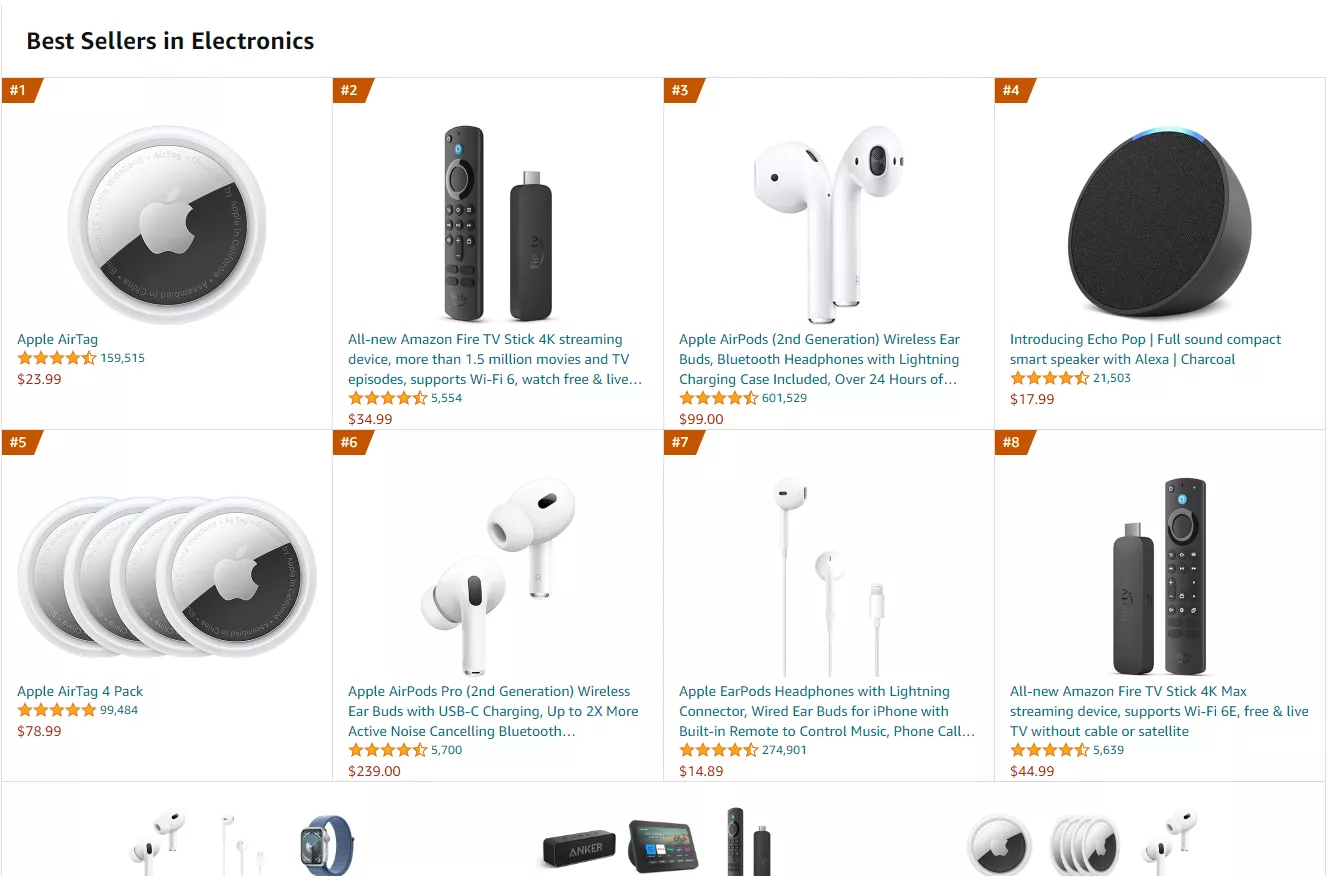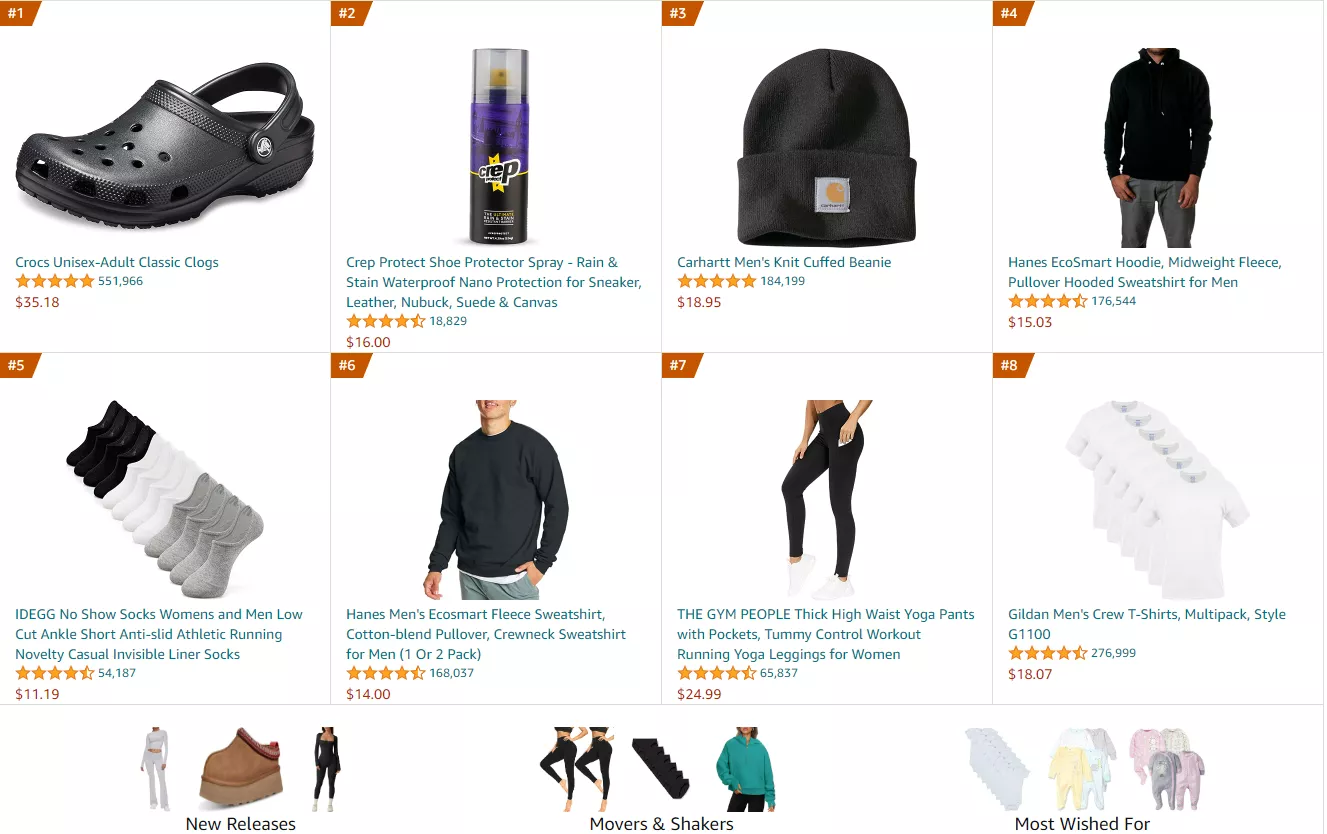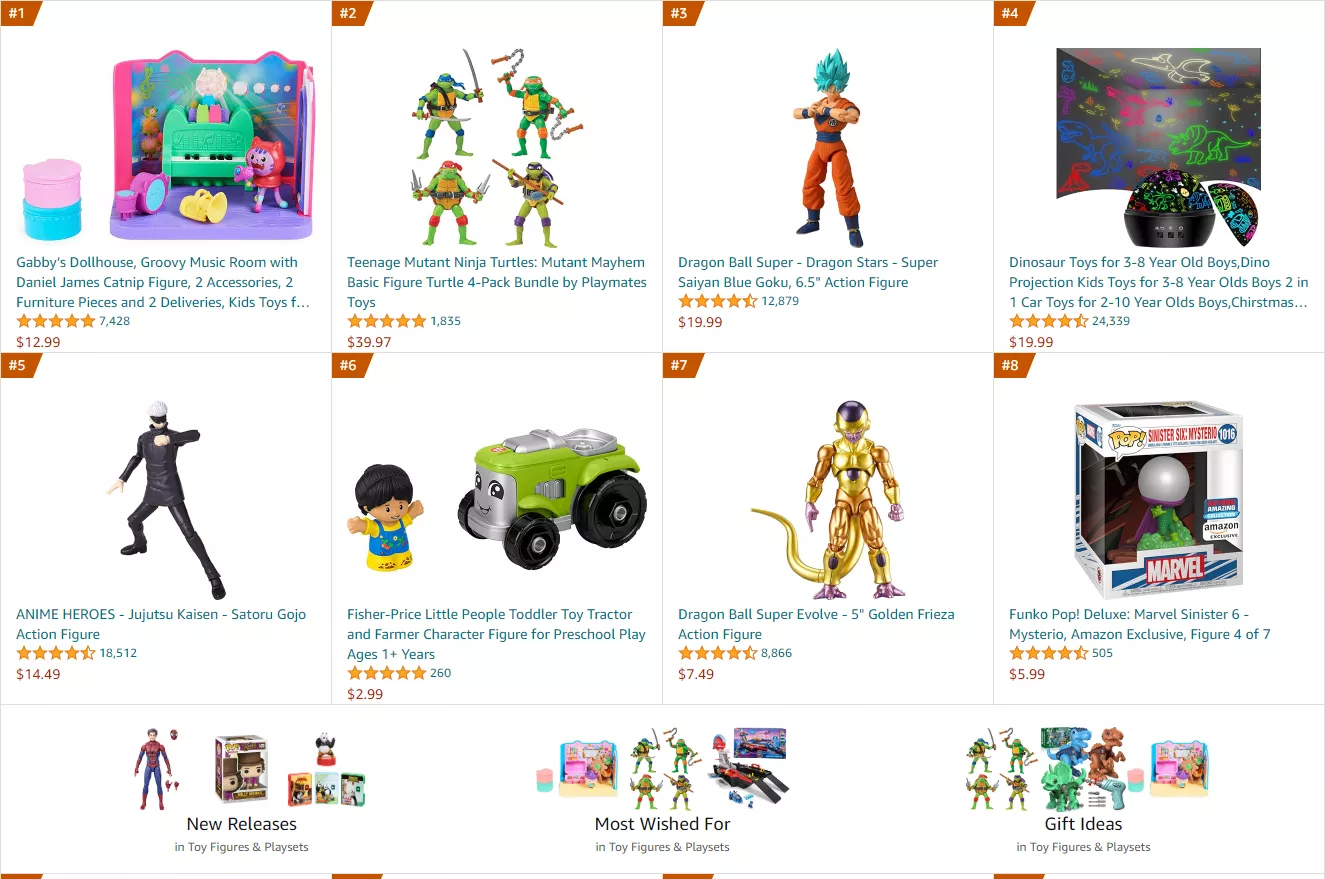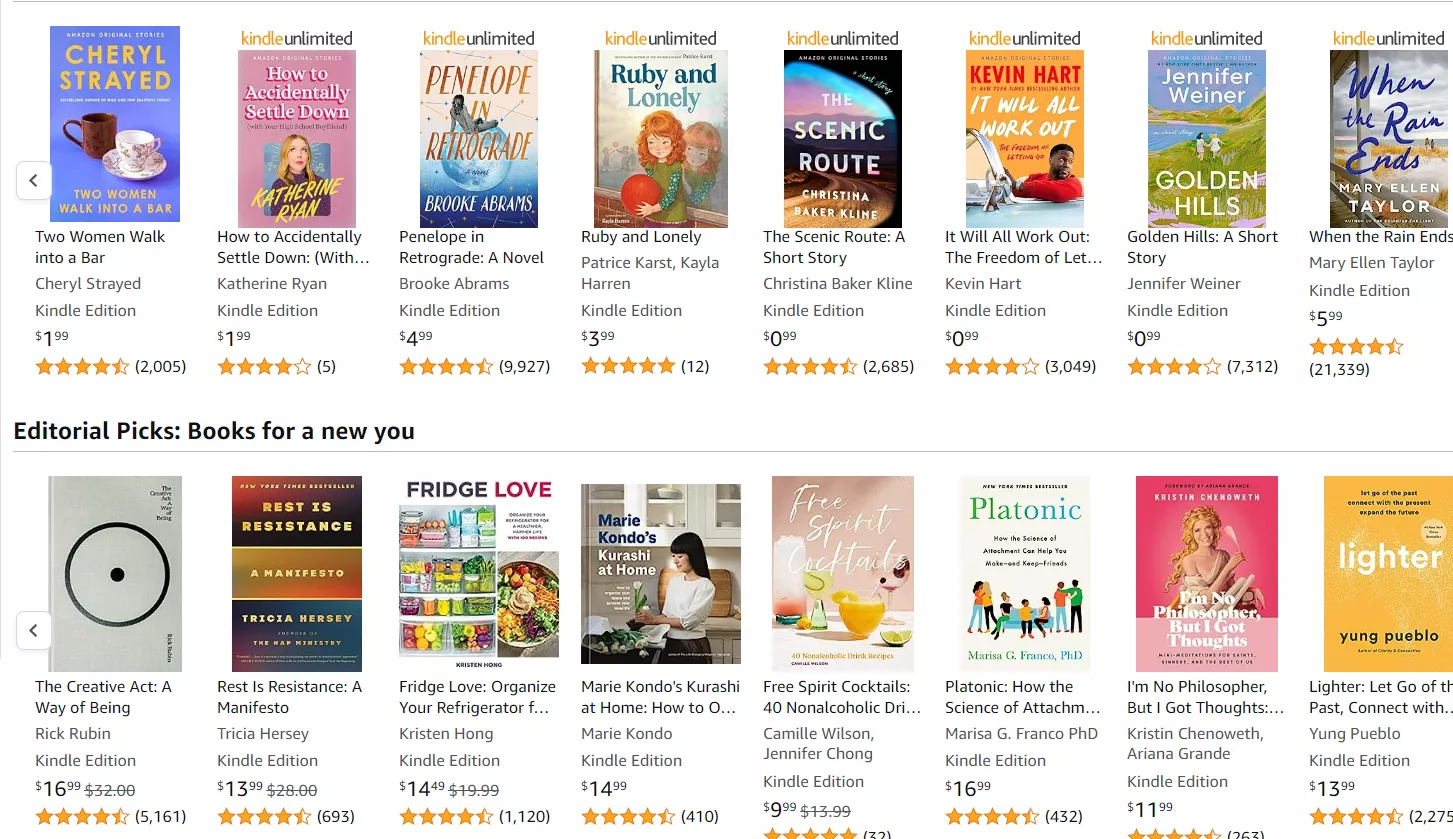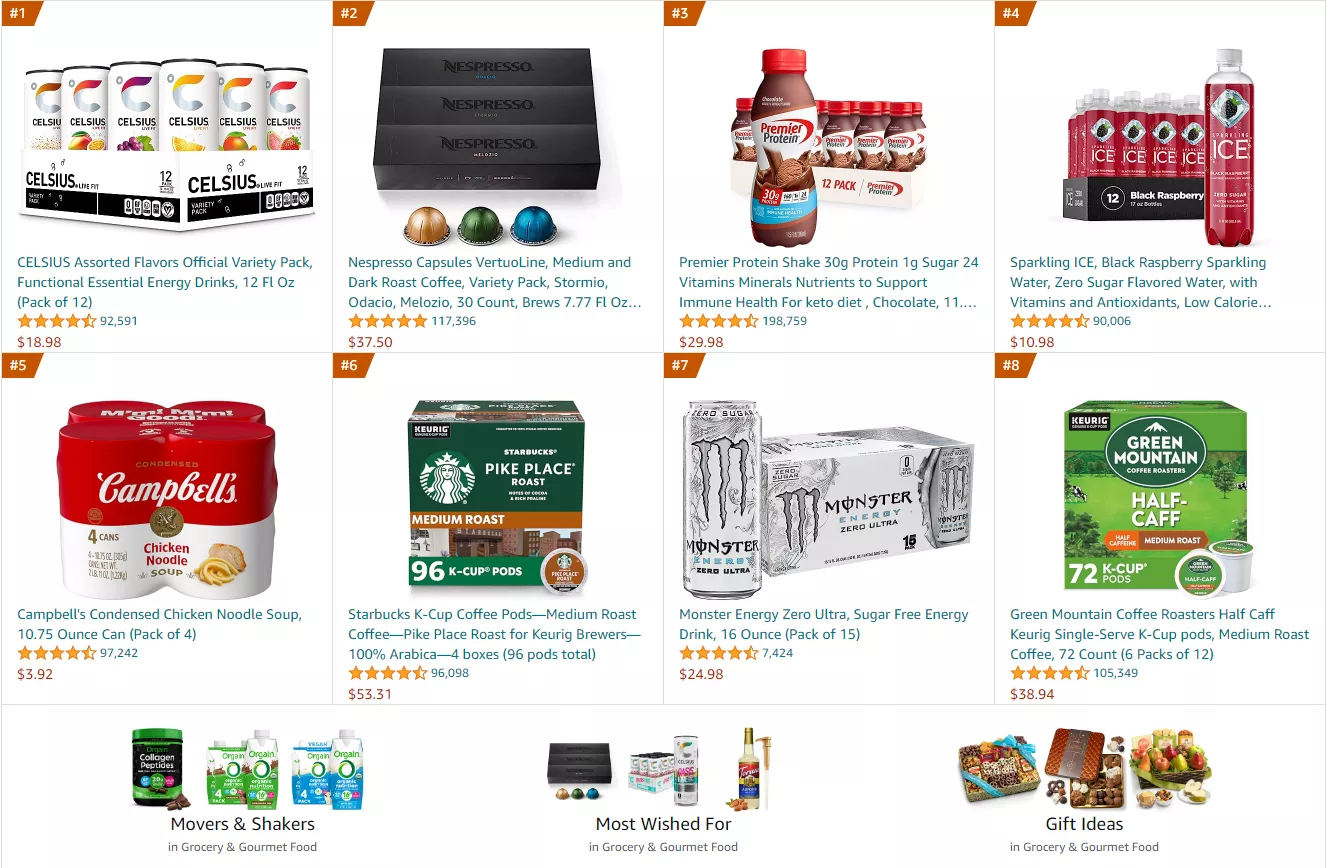Amazon is more than just an online store. This massive online platform is a symbol of e-commerce. However, it can be difficult for beginners to succeed in certain niches on Amazon. Let me tell you about them and give you tips on choosing the right products to start with.
Why sell on Amazon
- Many buyers trust Amazon and consider it a reliable online shopping platform. In 2021, the marketplace received more than 2.3 billion unique visitors.
- Amazon offers convenient logistics and warehousing solutions such as Fulfillment by Amazon (FBA). It allows sellers to ship products to the marketplace’s warehouses, after which the company handles shipping, returns, and customer service.
- Sellers have the opportunity to expand their product range and enter new markets.
- The marketplace provides tools for studying demand, tracking sales, planning inventory, and optimizing marketing strategies.
These factors make Amazon an attractive platform for starting and growing a business.
How to choose a sales niche
First, conduct thorough market research. This includes analyzing competitors, evaluating product feasibility, and understanding potential risks.
But also understanding what is Amazon SEO and how it works is essential — it helps evaluate whether a niche can realistically be scaled. Explore the fundamentals in our guide: Amazon SEO: The Ultimate 2025 Guide.
Avoid oversaturated niches
It is difficult for newcomers to enter niches with many well-established sellers and intense competition.
Here’s an example of metrics used to assess niche saturation. A report on headphone sales shows that
- the product is sold by major brands such as JBL, Apple, and TOZO;
- they are making tens of thousands of sales.
These are not ideal conditions for beginners to enter the headphone sales market.
Avoid low-demand niches
On the opposite end of the spectrum are low-demand niches. These are best avoided as they have limited growth potential and sales tend to be slow.
For example, the report below shows that electric drums are not selling well in the musical instrument niche. Seller JXW had 92 sales, while all other sellers had none.
Don’t sell products whose demand is based on whims or trends.
Demand for such products will drop rapidly, forcing you to get rid of your inventory.
- At the beginning of the fidget spinner trend, there were more than 500 sales per month on the marketplace. Sellers placed large numbers of fidget spinner products in Amazon warehouses with an eye toward the future.
- Six months later, there were still sales, but their numbers no longer covered costs. The product’s profit margin began to drop.
- Over the next six months, demand for the product dropped significantly as the trend became less popular, but the spinners remained in stock. Sellers then had to find additional funds to remove and dispose of them.
Explore our glossary for essential marketplace definitions to drive your success!
Avoid highly regulated products
Certain products, like baby food, pharmaceuticals, and oral care, have strict sales regulations and require certification.
For example, here are the requirements for sellers to sell over-the-counter (OTC) medicines:
- A certificate of compliance with Good Manufacturing Practices (GMP)
- Certificate of Analysis (CoA) for each batch of drugs or 510(K) premarket notification
- Documents confirming the purchase of goods from the manufacturer or its official distributor
- Employer Identification Number (EIN) and Tax Identification Number of the registered entity
Boost your product visibility and sales on Amazon — explore our Amazon SEO services today!
Avoid fragile products
Fragile products create logistical problems and increase the risk of customer dissatisfaction. Examples include glass teapots, dinnerware, decorative glass or cheap plastic housewares, and perfumes.
Unsuccessful niches to start selling on Amazon
Here’s a list of products you shouldn’t start with on Amazon.
Electronics
According to SellerApp, there are about 10 million electronic items sold on the marketplace. It can therefore be difficult for beginners to stand out from other sellers.
Electronics also require a high level of technical expertise from support staff, which is a barrier for many beginners.
Fashion/Clothing
This category is dominated by a large number of brands, including world-famous ones, making it difficult for newcomers to break into the market.
In addition, significant investment is needed to create high-quality content for the clothing category. Photos, detailed product descriptions, infographics, and videos can be costly.
Toys
Most sales of toys take place in winter, as toys are typically bought as holiday gifts. It is difficult for new sellers to compete with the holiday promotions of well-known brands.
Books
Amazon sells over 300 million print books and more than 487 million ebooks each year through its Kindle platform. Established publishers and authors dominate the market, making it difficult for new sellers to gain traction.
Drive more sales and maximize your ROI with our expert Amazon Advertising services.
Groceries
In the first quarter of 2018, Amazon’s grocery sales in the US grew by nearly 50% compared to 2017. The company has covered 18% of the online food sales market in the US, the largest share among retailers, so the competition is huge.
The niche is dominated by established retailers. It is challenging for new sellers to compete with them in terms of price and product range.
Read more about marketplace promotion in our blog:
- How to Promote Products on Amazon
- Amazon PPC: The Ultimate 2025 Guide
- Etsy Marketing: Everything You Need to Know
- The eBay Marketplace, and How to Advertise Products on It
Conclusions
- Amazon is a great platform for starting and growing a business, but there are niches that are difficult for beginners to succeed in.
- When choosing a niche for your Amazon business, consider the competition and market demand.
- To increase your chances of success on Amazon, do your research and choose a niche that matches your strengths and interests.
- Low-profit niches for beginners include electronics, clothing, toys, books, and groceries.
Related Articles
Display Advertising Effectiveness Analysis: A Comprehensive Approach to Measuring Its Impact
In this article, I will explain why you shouldn’t underestimate display advertising and how to analyze its impact using Google Analytics 4
Generative Engine Optimization: What Businesses Get From Ranking in SearchGPT
Companies that master SearchGPT SEO and generative engine optimization will capture high-intent traffic from users seeking direct, authoritative answers
From Generic to Iconic: 100 Statistics on Amazon Marketing for Fashion Brands
While traditional fashion retailers were still figuring out e-commerce, one company quietly revolutionized how U.S. consumers shop for everything from workout gear to wedding dresses

